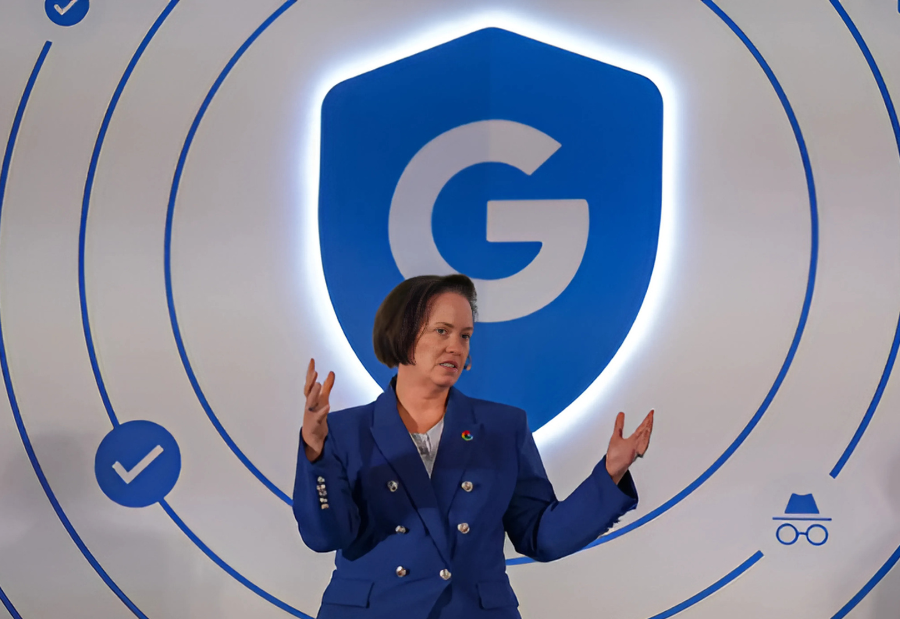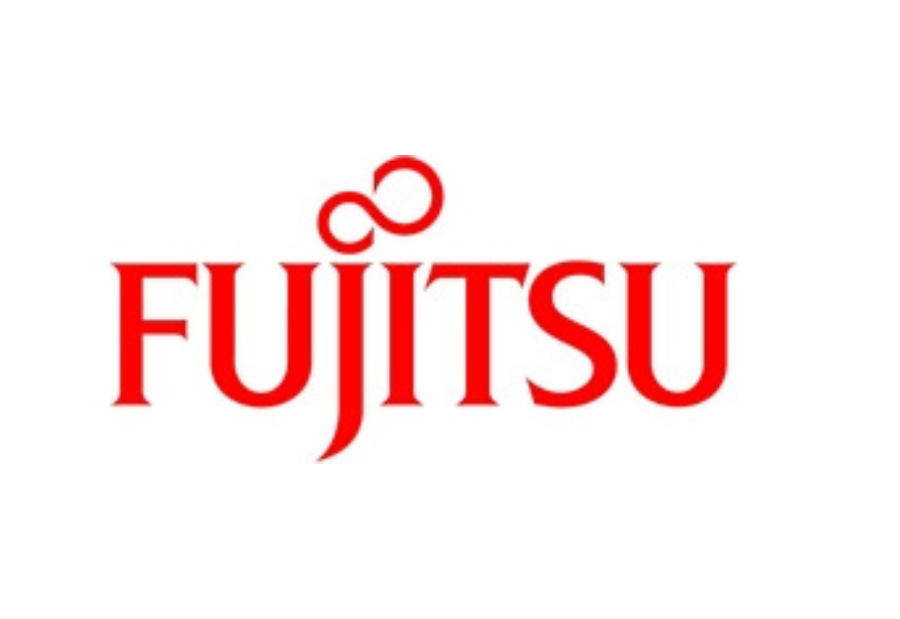While Global Capability Centres (GCCs) continue to thrive and expand their footprint across India, not everything is smooth sailing—especially when it comes to retaining talent. A persistent challenge in both the tech and GCC sectors is the struggle to keep employees engaged and committed for the long haul.
During 2022 and early 2023, offer dropouts—or candidates who failed to show up after accepting job offers—were alarmingly high in the tech sector, reaching up to 40%. Additionally, infant exits, where employees left within six months of joining, hovered between 10% and 15%. While the rate of offer dropouts has slightly reduced amid changing demand trends, the broader supply-demand imbalance in tech hiring still looms large.
GCCs, in particular, are grappling with a disproportionately higher rate of infant exits. These are often linked to cultural mismatches within organizations. According to Alouk Kumar, founder and CEO at Inductus Group, “the retention crisis in GCCs is a multifaceted challenge rooted in workforce expectations, structural organisational limitations, and hyper-competitive market dynamics.”
He emphasized that today’s GCC professionals—especially those with 2 to 10 years of experience—are highly mobile, constantly seeking faster career advancement and impactful roles that offer variety and visibility.
Roop Kaistha, regional managing director–APAC, AMS, echoed this sentiment. Speaking to AIM, she said, “In greenfield GCCs, specifically, employees join with high expectations due to a salary hike, often causing a mismatch between their expectations and the company culture.”
Greenfield GCCs: Promises vs Reality
Greenfield GCCs, which are newly set up centres, face unique challenges. Employees often enter with high expectations, only to be met with early-stage teething issues that don’t align with their productivity assumptions.
Kaistha highlighted that the belief that offshoring inherently leads to equal productivity doesn’t hold up. In newer centres, employees may also experience isolation, particularly when compared to peers in well-established tech organizations.
She predicted that “the offer dropout rate in greenfield GCCs can still be as high as 20%…if companies don’t focus on sustaining new hires.” Furthermore, “the infantile exit rate at these centres can range from 8-10%,” she added.
A key obstacle to building cohesive GCC cultures lies in bridging global and local sensibilities. This is especially important when local employees collaborate directly with teams abroad.
An analysis of 145 companies that launched GCCs in India over the past 30 months found that 40% of centre heads came from other GCCs, 17% from IT services firms, and 24% were promoted internally. Kaistha noted that “when a company is building a GCC, sending someone from the HQ or an experienced Indian leader abroad for a short period to embed the [international] culture in the GCC can work well.”
Another factor complicating retention is intense competition for talent among GCCs. With a limited pool of qualified professionals, new hires—especially those still in probation—are often poached by rival centres that prioritize shorter notice periods.
Evolving Job Roles Amid AI Disruption
The rise of AI is reshaping hiring patterns across the GCC landscape. Routine, entry-level roles are being phased out, making way for mid-level positions that demand deeper domain expertise, critical thinking, and tech-savviness. This transformation is driving changes in both team structures and organizational culture.
As Nipun Sharma, CEO of TeamLease Degree Apprenticeship, noted, “this retention crisis demands innovative solutions beyond traditional hiring approaches.”
Kaistha further observed that “for some of our clients, we have seen a huge shift where almost 60% of the roles used to be volume-based, involving junior hires with 1 to 3 years of experience.”
Despite strong growth, many employees in GCCs continue to express dissatisfaction due to limited long-term career visibility. This issue is exacerbated by rigid hierarchical systems that emphasize predictability over progression, often stalling ambition-driven talent.
According to Sharma, “when professionals begin their careers through apprenticeships, they develop an intrinsic understanding of the company culture and processes while acquiring industry-relevant skills in emerging technologies like AI/ML.”
At the heart of it all, the ‘war for talent’ in India’s GCC ecosystem is escalating—especially for high-demand roles in AI, machine learning, cloud architecture, and data engineering. As companies scramble to attract and retain skilled professionals, it’s clear that a one-size-fits-all approach is no longer viable. The future of GCC success may well hinge on how adaptive and people-centric these organizations choose to become.
Also read: Viksit Workforce for a Viksit Bharat
Do Follow: The Mainstream formerly known as CIO News LinkedIn Account | The Mainstream formerly known as CIO News Facebook | The Mainstream formerly known as CIO News Youtube | The Mainstream formerly known as CIO News Twitter |The Mainstream formerly known as CIO News Whatsapp Channel | The Mainstream formerly known as CIO News Instagram
About us:
The Mainstream formerly known as CIO News is a premier platform dedicated to delivering latest news, updates, and insights from the tech industry. With its strong foundation of intellectual property and thought leadership, the platform is well-positioned to stay ahead of the curve and lead conversations about how technology shapes our world. From its early days as CIO News to its rebranding as The Mainstream on November 28, 2024, it has been expanding its global reach, targeting key markets in the Middle East & Africa, ASEAN, the USA, and the UK. The Mainstream is a vision to put technology at the center of every conversation, inspiring professionals and organizations to embrace the future of tech.



